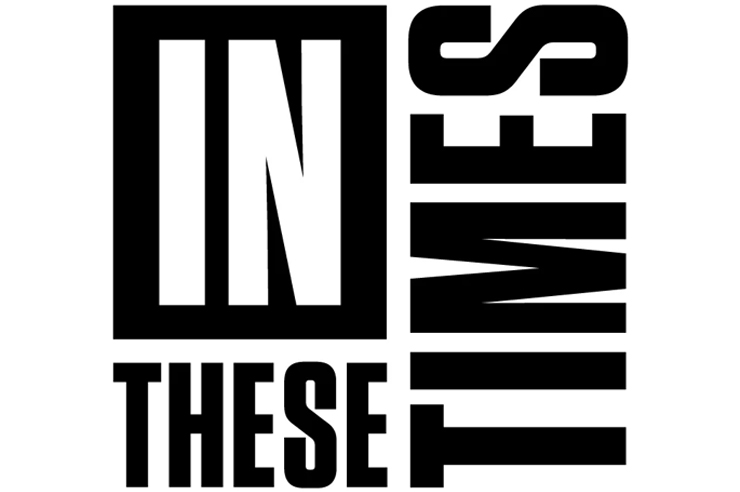How governments subsidize “free” trade.
Published in December 23, 2002 issue of In These Times.
When Enron needed financial support in 1993 for its Dabhol power plant in India-now infamous as a site of bribery, corruption and suppression of nonviolent protest-the World Bank refused. Bank officers claimed the deal “lacked economic viability” and contained terms overly favorable to the energy giant. Nevertheless, Enron went forward with its plan, and the project became an international scandal.
How did Enron ultimately get financing for the power plant? Through taxpayer-funded Export Credit Agencies (ECAs)-institutions that are doing some of corporate globalization’s dirtiest work.
ECAs are public, often government-run institutions designed to promote exports. Centered primarily in the Group of Seven leading industrialized nations, most lack even rudimentary social and environmental standards for their financing. Thus, the ECAs of the world’s wealthiest governments repeatedly show themselves willing to bankroll projects multilateral institutions like the World Bank won’t touch.
Remarkably, owing to past action by watchdog groups, the two U.S. ECAs-the Export-Import Bank and the Overseas Private Investment Corporation (OPIC)-have much higher funding standards than their European counterparts. Yet these two acted as leading investors in the Dabhol project, providing Enron with more than $600 million in loans and investment insurance.
A growing coalition of activists is arguing that ECAs have emerged in the past decade as crucially overlooked engines of corporate advance. Entities like the World Bank, the IMF, and the WTO “are the artillery that opens countries up,” writes Bruce Rich of the Environmental Defense Fund. “ECAs provide the direct finance and cover for the corporate invasion.” Their reach is so great, he adds, that ECAs annually pour “twice as much money into poor nations as the total of all development aid worldwide.”
More than just providing $50 billion to $70 billion in medium and long-term financing each year, ECAs make governments into contract-enforcers for private corporations worldwide. In the Dabhol case, the Maharashtra government approved Enron’s massive project — the largest foreign direct investment in all of India — in just twelve days in 1995, despite previously opposing it. When the Dabhol plant was completed, the concerns of protesters and skeptical World Bank economists proved well-founded. The state government quickly found itself unable to pay inflated costs for power, and in 2001 it pulled out of the agreement entirely.
Because of ECA financing, however, for which the United States was liable, officials like Secretary of State Colin Powell responded with intense pressure. According to The Associated Press, the United States went so far as to threaten to withhold all aid to India.
ECAs have no poverty-reduction or development mandate. Instead, their purpose, as Rep. Ron Paul (R-Texas) said recently of the Export-Import Bank, is “naked corporate welfare.” In addition, the institutions play a vital role in underwriting morally dubious industries. Support for arms exports accounted for half of the United Kingdom’s ECA portfolio in 2000-2001. Fourteen of the 19 nuclear power plants currently under construction in the developing world benefit from ECA financing.
ECAs bear similar responsibility for exacerbating Third World debt and global warming. In a recent forum, the Philippines’ Freedom from Debt Coalition stressed that ECAs hold almost half of the developing world’s debt to creditors. And fossil fuel, oil and gas projects backed in the ’90s by U.S. ECAs, writes Aaron Goldzimer of Environmental Defense, “will release 29.3 billion tons of carbon dioxide over their lifetimes, roughly equal to an entire year of all global carbon dioxide emissions.”
Such abuses fuel opposition from environmental and public-interest groups. In the United States, activists are using required congressional reauthorizations as opportunities to publicize ECA misdeeds. Earlier this year, legislators approved the expansion of Export-Import Bank activity despite a challenge led by Rep. Bernie Sanders (I-Vermont). “Eighty percent of Ex-Im money goes to Fortune 500 companies,” Sanders pointed out at the time, including Boeing, General Electric, Enron, IBM and Halliburton. “Amazingly,” he added, “these companies are some of the biggest job cutters in the country.”
The next battle will involve OPIC, which comes up for reauthorization in 2003. Already, groups like the AFL-CIO, Oxfam and Friends of the Earth have called for higher standards to address rampant corruption, environmental destruction and worsening labor conditions among the agency’s projects.
Ultimately, combating ECAs must be an international endeavor. In May 2000, 347 NGOs from 46 countries signed the Jakarta Declaration against ECAs. The coordinated efforts of the network have already succeeded in stopping the Ilisu Dam in Turkey, which threatened to displace a primarily Kurdish population of 78,000.
Campaigners realize they will need a much larger public campaign to break through the stonewalling they have encountered. But Goldzimer stresses the potentials for activist pressure. “What the ECAs do is indefensible,” he says. “This is low-hanging fruit. Governments have not been properly shamed.”
